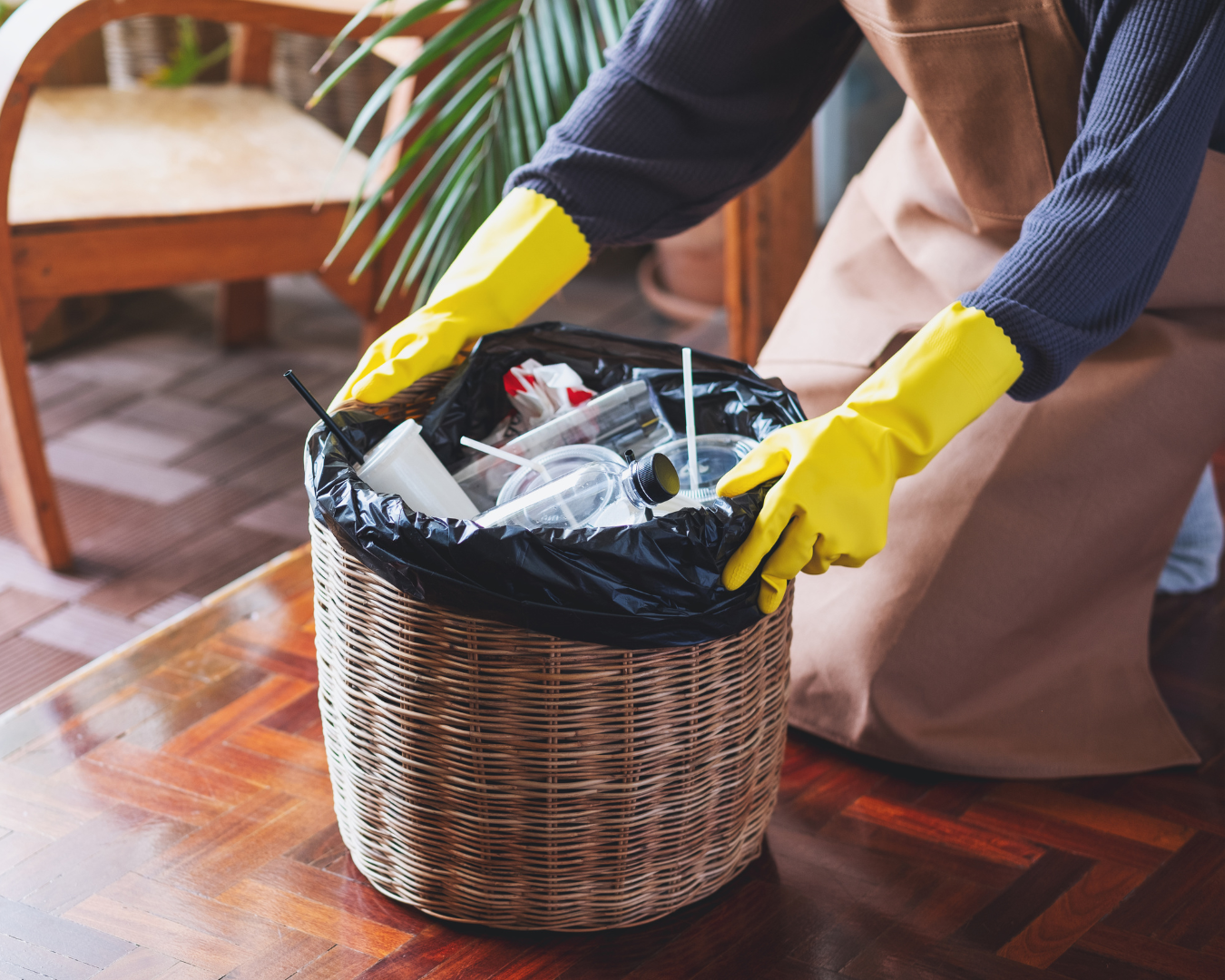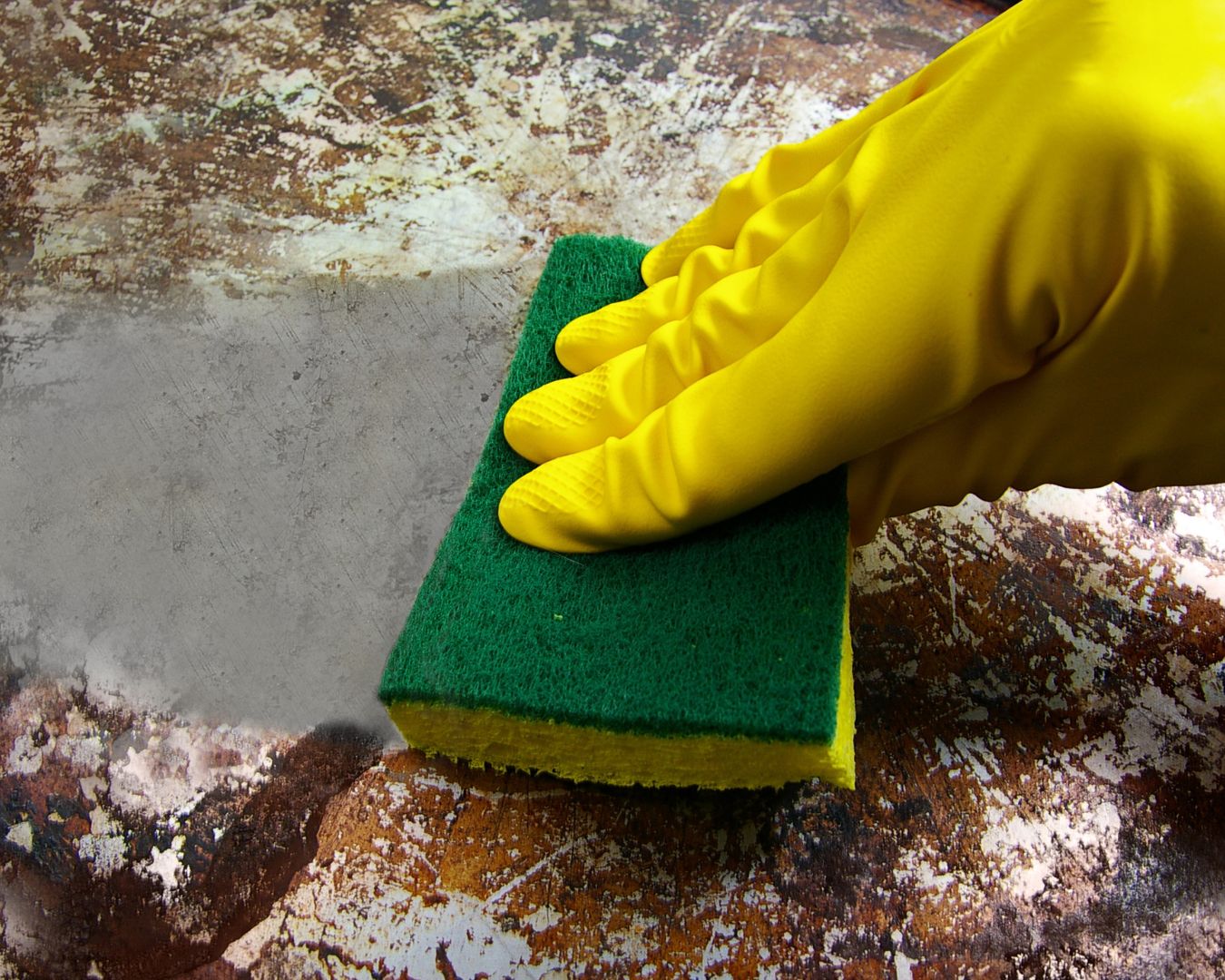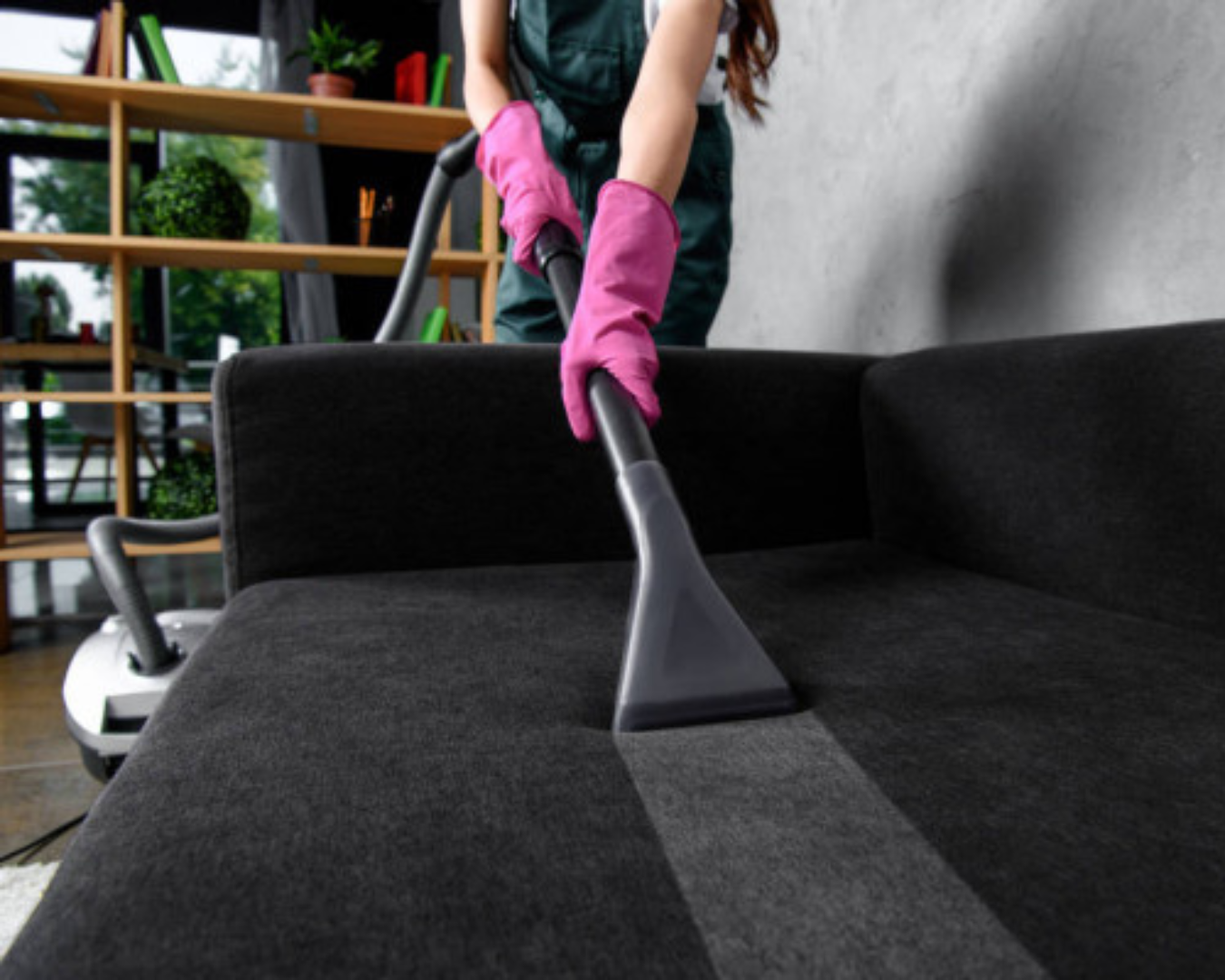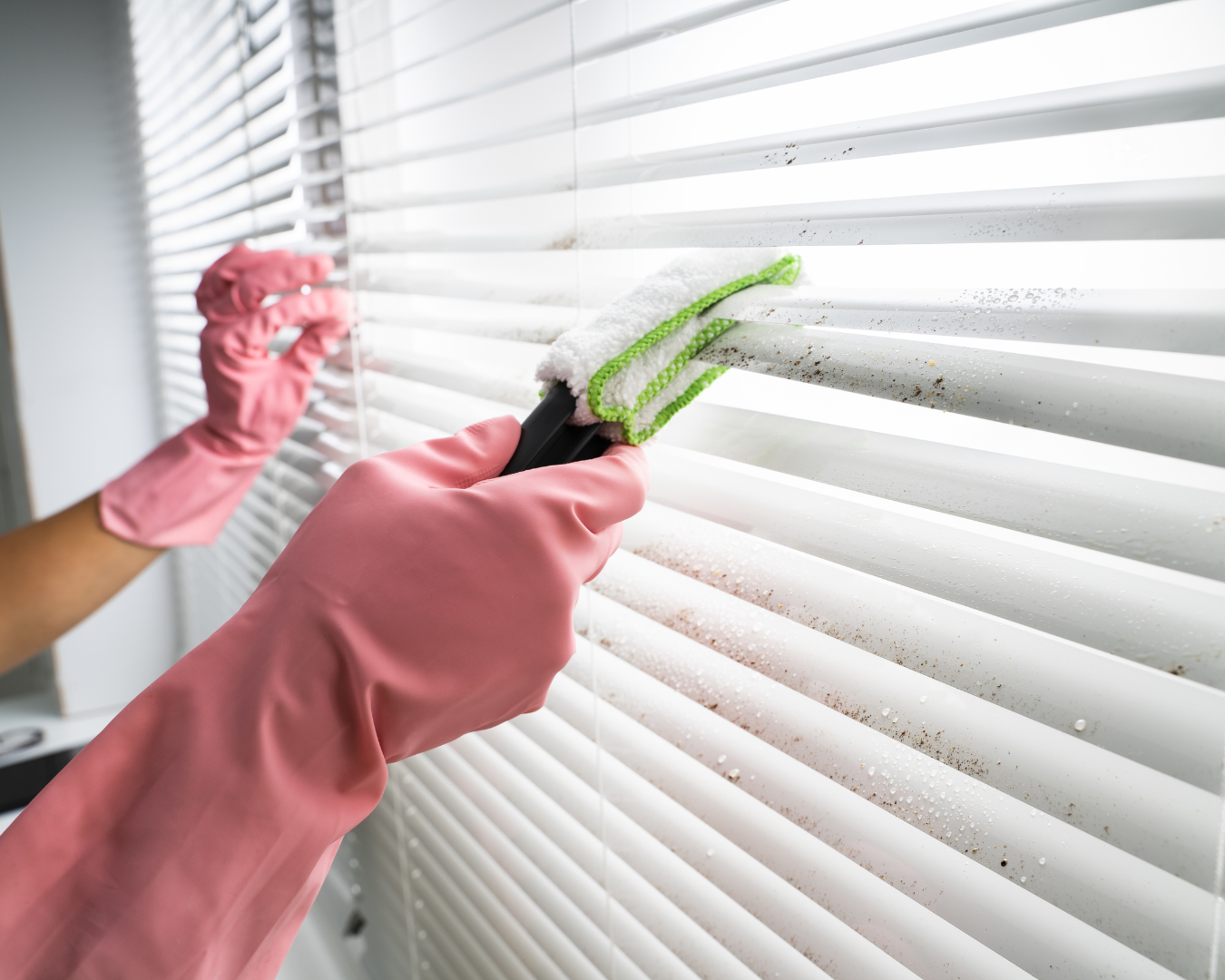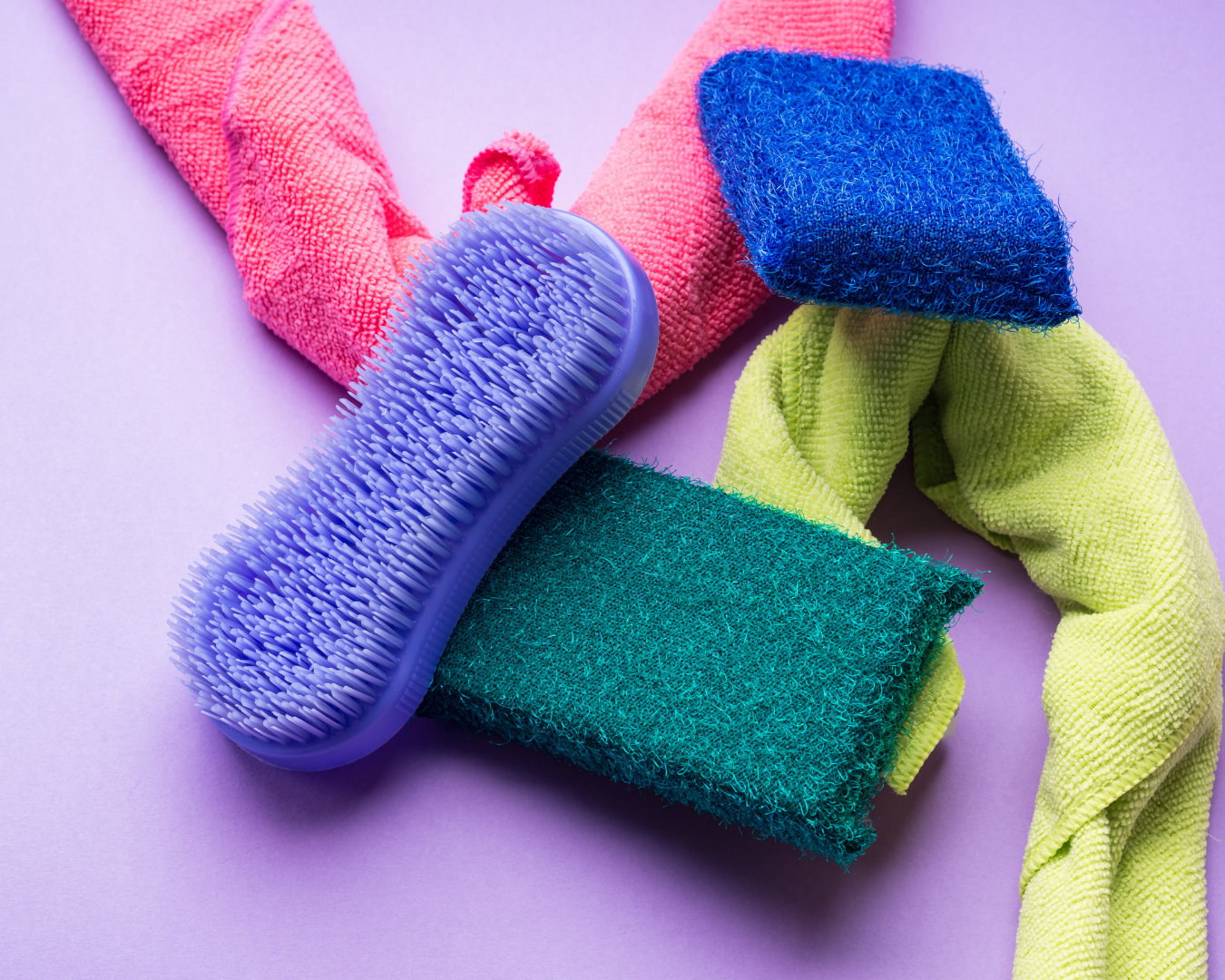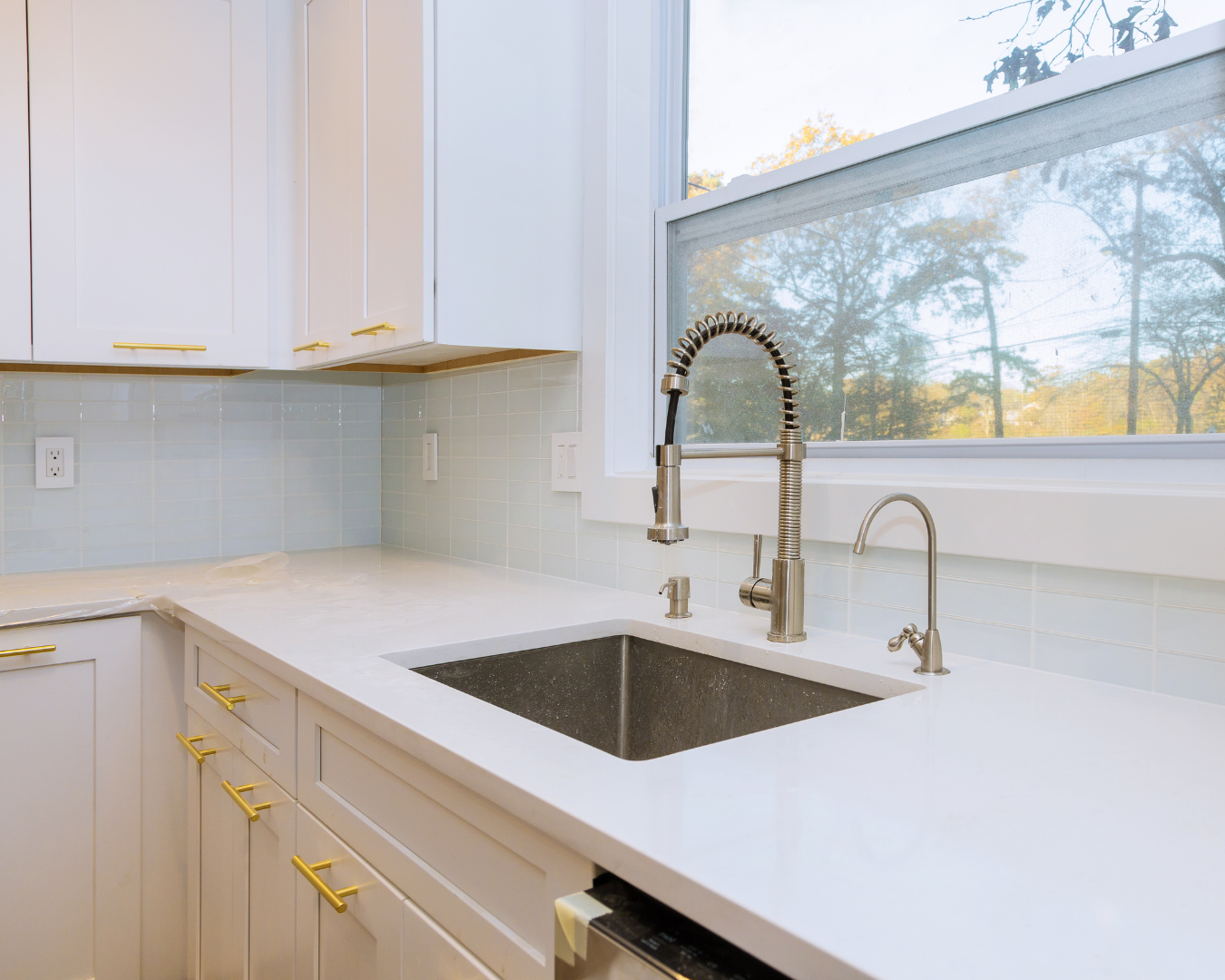A clean and organized kitchen is not only essential for food safety but also contributes to a more enjoyable cooking experience. To maintain a pristine cooking environment, it’s important to have the right cleaning tools and supplies on hand. In this blog post, we’ll explore the essential cleaning tools that every kitchen should have to ensure cleanliness, hygiene, and organization. Microfiber Cleaning Cloths: Microfiber cleaning cloths are a versatile and indispensable tool for tackling a wide range of cleaning tasks in the kitchen. These ultra-absorbent cloths effectively trap dirt, grease, and grime without leaving behind lint or streaks, making them ideal for wiping down countertops, appliances, and surfaces. All-Purpose Cleaner: An all-purpose cleaner is a must-have for maintaining cleanliness throughout the kitchen. Look for a cleaner that is safe for use on a variety of surfaces, including countertops, cabinets, and appliances. Choose environmentally friendly options for a safer and more sustainable cleaning solution. Dish Soap and Dish Brush: Dish soap and a durable dish brush are essential for keeping dishes, pots, and pans clean and free of food residue. Opt for a biodegradable dish soap that effectively cuts through grease and grime without harsh chemicals. A high-quality dish brush with stiff bristles will make quick work of tough, baked-on messes. Sponge or Scrubber: Sponges or scrubbers are indispensable tools for scrubbing away stubborn stains and residue from dishes, cookware, and surfaces. Choose a sponge or scrubber with a non-abrasive surface to avoid scratching delicate surfaces like stainless steel or glass. Baking Soda and Vinegar: Baking soda and vinegar are natural cleaning powerhouses that can tackle a variety of kitchen cleaning tasks. Use baking soda as a gentle abrasive to scrub away stains and odors from sinks, countertops, and appliances. Vinegar is effective for cutting through grease and disinfecting surfaces. Rubber Gloves: Protect your hands from harsh chemicals and hot water with a pair of rubber gloves. Rubber gloves provide a barrier against dirt, bacteria, and chemicals, allowing you to clean with confidence and comfort. Trash Bags and Recycling Bins: Keep your kitchen tidy and organized by having ample trash bags and recycling bins on hand. Choose durable trash bags that can withstand heavy loads and resist leaks and tears. Place recycling bins in convenient locations to encourage proper waste disposal and recycling practices.With the right cleaning tools and supplies, you can keep your kitchen sparkling clean and organized with minimal effort. From microfiber cleaning cloths to all-purpose cleaner and baking soda, these essential cleaning tools will help you maintain a hygienic and inviting cooking environment. Invest in quality cleaning products and establish a regular cleaning routine to ensure that your kitchen remains a functional and enjoyable space for cooking and dining.



